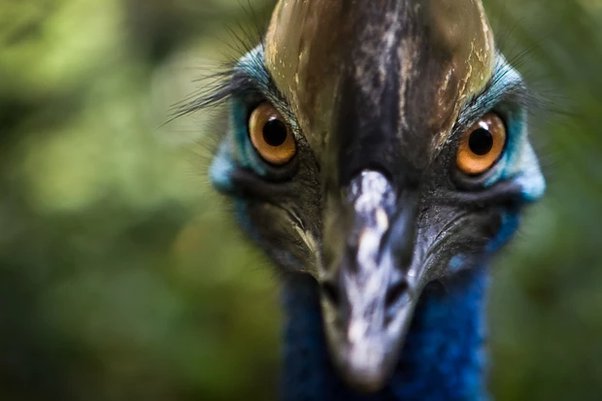I’m guessing you haven’t seen what happens when we apply the shrink wrapping stylistic paleo-art to modern animals.
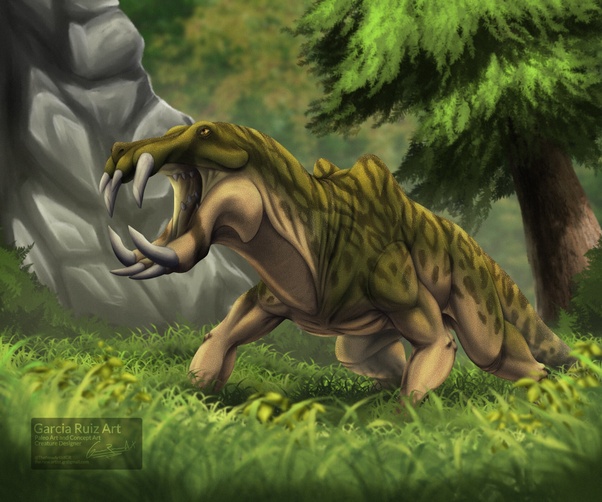
I call this H. amphibius. Guess what the H stands for. This is a modern animal that lives in Africa today. It’s just that the artist shrink wrapped the animal like paleo-artists of yesteryear do to dinosaurs.
But we know that’s not really what the animal looks like.
It looks like this.
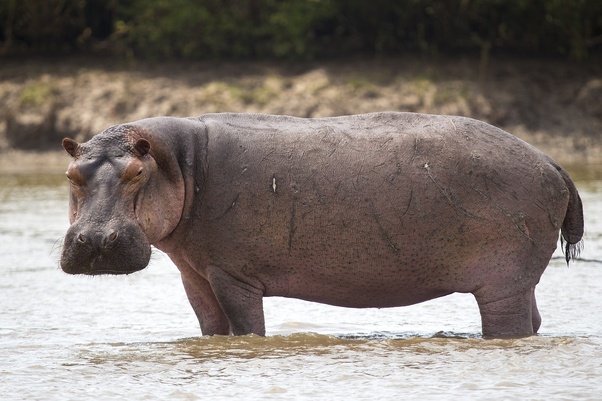
Yeah. And it’s the most dangerous animal in the river. It even kills archosaurs. But the top image makes it look more badassed, doesn’t it?
Now you know why dinosaurs look so different to modern animals. Because artists don’t take into account fatty tissue, muscle, cartilage, and possibly feathers and or quills.
This is a dinosaur:
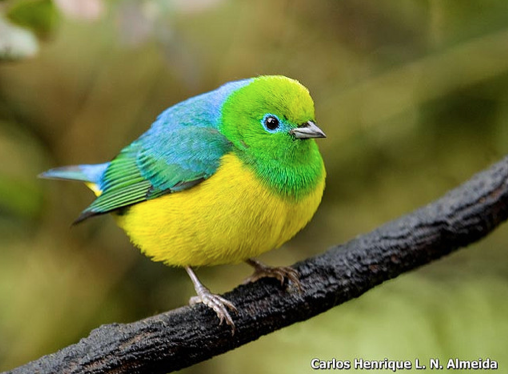
Before the end-Cretaceous extinction they also went up to huge sizes, because oxygen levels were higher and because dinosaurs have hollow bones, so they could get very large in volume without being so heavy they couldn’t lift themselves. But even so, the modern blue whale, a marine mammal, is possibly the largest animal ever to live, and certainly one of the largest.
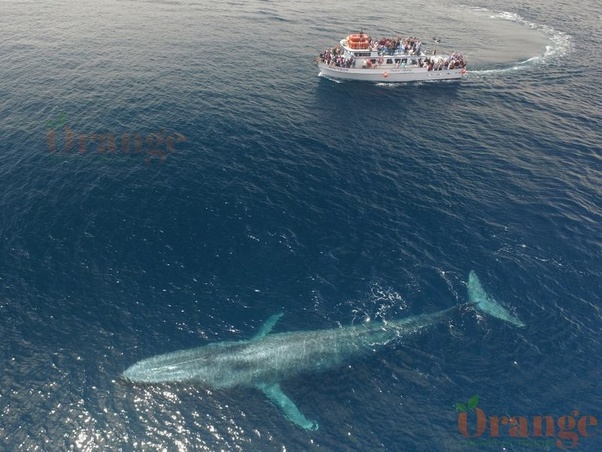
Its only known rivals are a giant Jurassic ichthyosaur which was probably only *nearly* as big, a couple of the largest sauropods who were as long but far less bulky, and an extinct whale, Perucetus, which was not as long but might possibly have been slightly heavier.
In addition to the shrink-wrapping others have mentioned, a lot of what makes non-avian dinosaurs seem scary is just how artists choose to portray them. Palaeoartists and filmmakers tend to like drama and to portray the big and the fierce in combat, not the courtship dance of sparrow-sized seed-eaters. And with real live modern animals it’s easier to photograph them when they’re sleeping or mooching around quietly. So we’re more likely to see this:

than this:
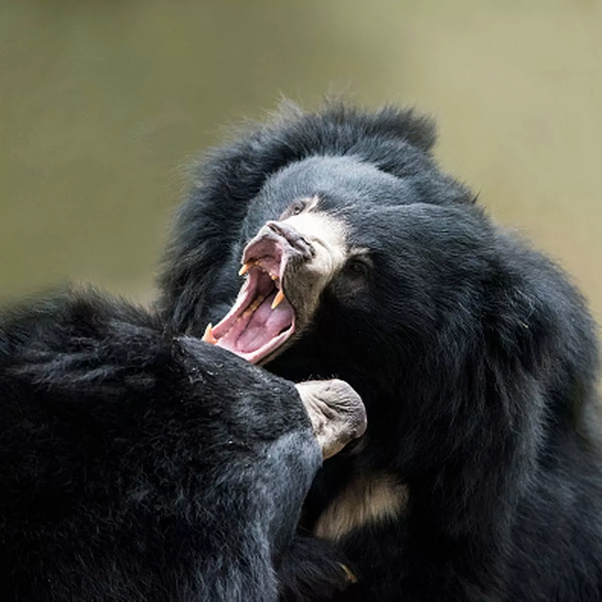
and this:
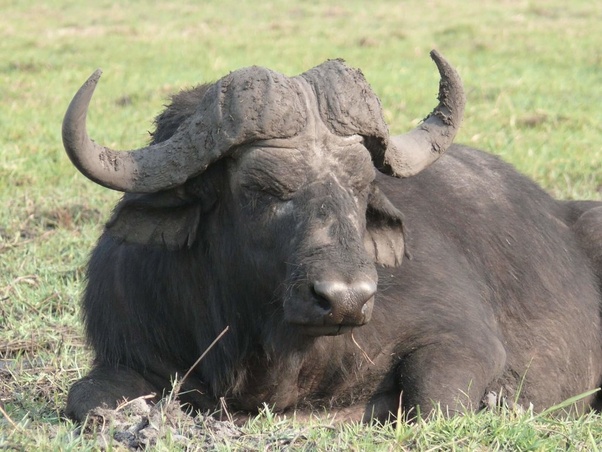
than this:
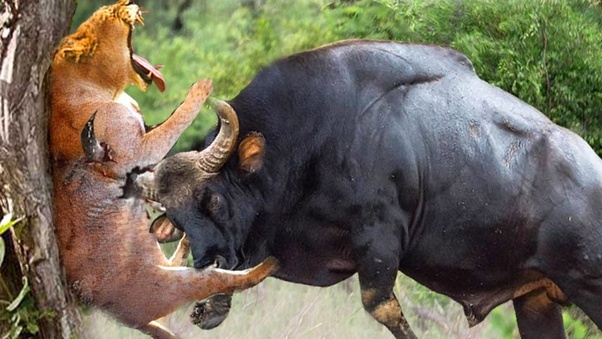
T. rex also would have spent most of the day lying around scratching itself, but artists tend to go for the more dramatic moments.
They have been reconstructed in an environment where there is a vested interest in them looking more scary. For instance to sell tickets.
You might think of this as T Rex:
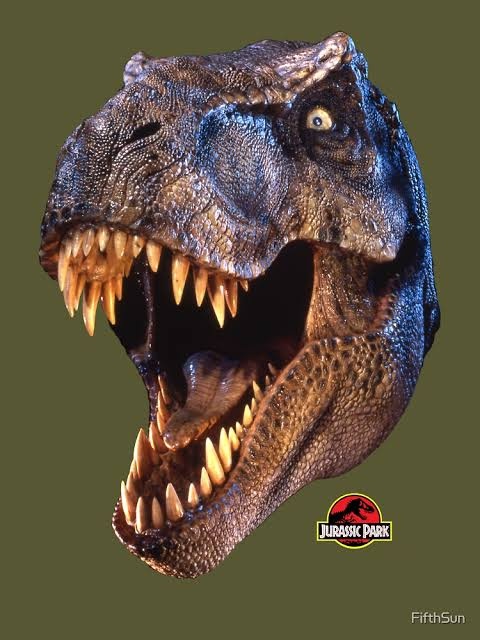
But it was probably more like this:
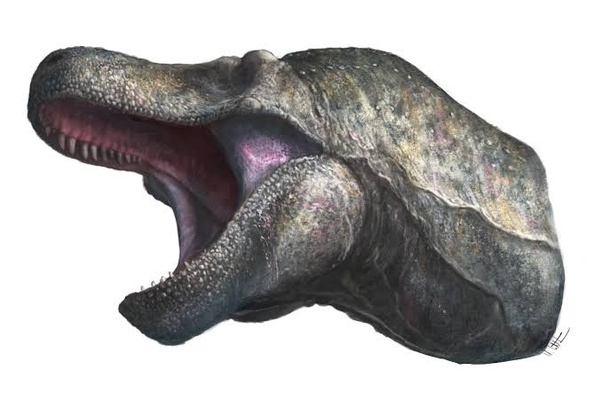
It’s not just the lack of lips in the top one (still debated), but the eye, the dark sunken eye sockets, the sharp eye ridges, that all makes it look scary.
Also its mouth would be shut 99% of the time. Imagine if every picture we showed of a dog had its mouth wide open, baring its teeth.
It was likely to have had more fat than the top pic, giving it a chubbier, softer shape:
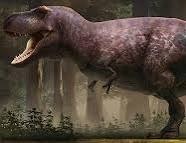
Well, two things are at work:
The first is older incorrect reconstructions of the animals.
Let’s look at an older, incorrect depiction of Velociraptor:
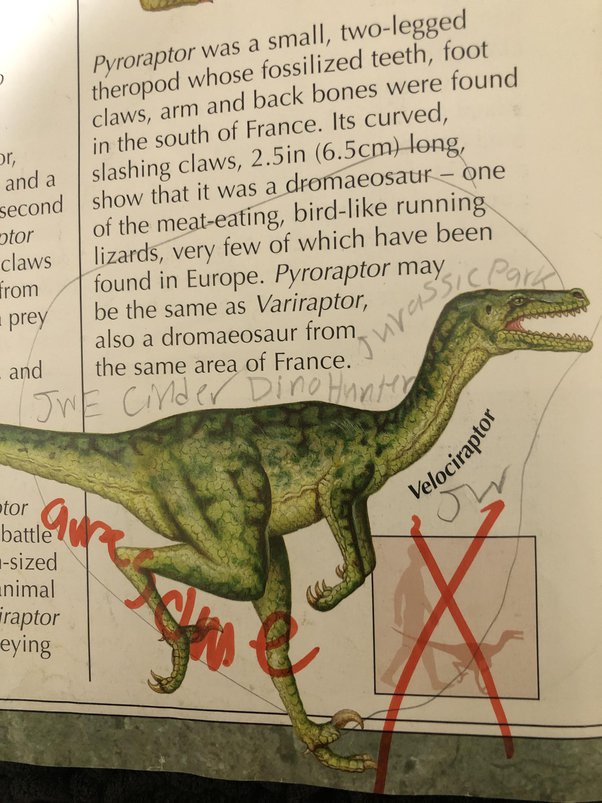
Now, let’s look at the modern, most accurate reconstruction of Velociraptor mongoliensis.
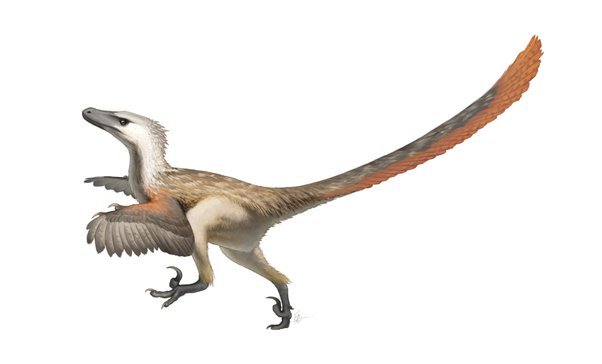
Well, that’s different, isn’t it? The real animals looked a lot more like… well, ANIMALS… and a lot less like monsters.
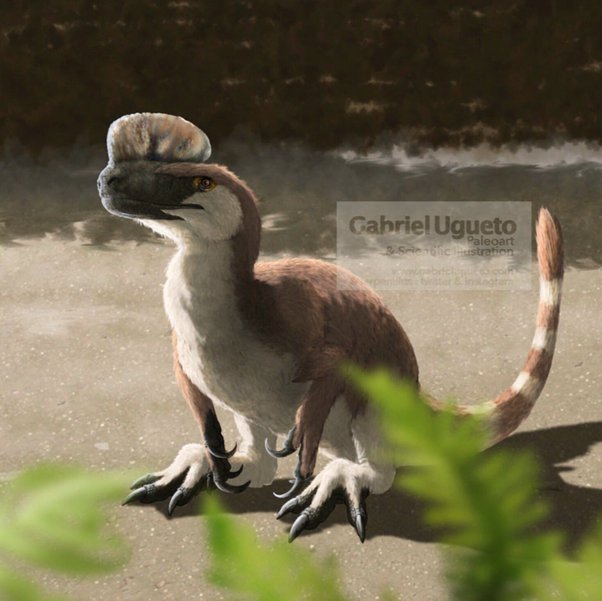
Which is not to say there weren’t some seriously scary-looking dinosaurs, too.
(From Saurian):
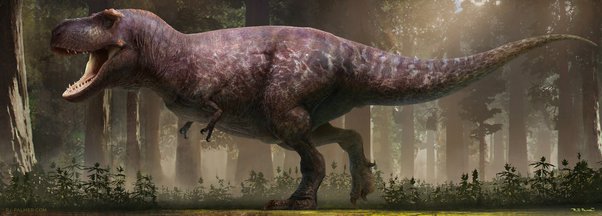
The second issue is just a bias when we’re looking at modern mammals. We’re so used to how they look, we don’t really THINK about it very much. Look again, this time with an eye toward the potential for carnage.
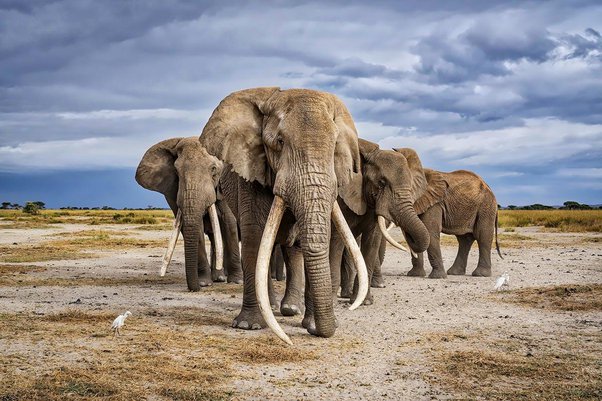
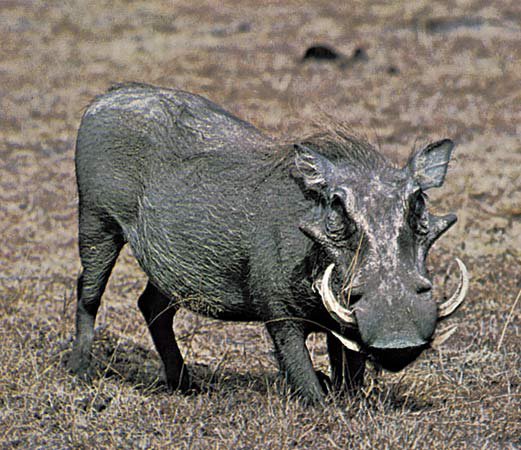
(photo by Karl H. Maslowski).
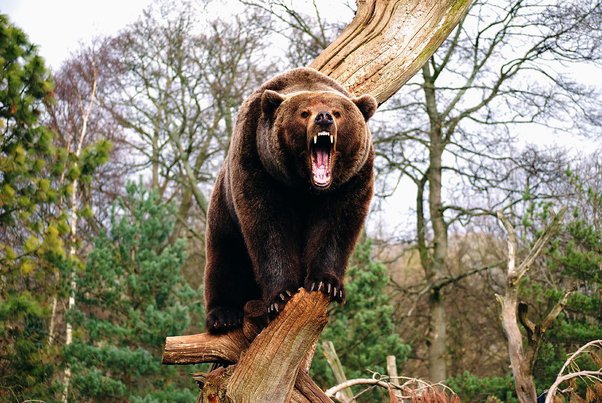
The size differences are due in part to global climate changes, but there were plenty of tiny dinosaurs, and the largest animal to ever live is still alive today — and it’s a mammal.
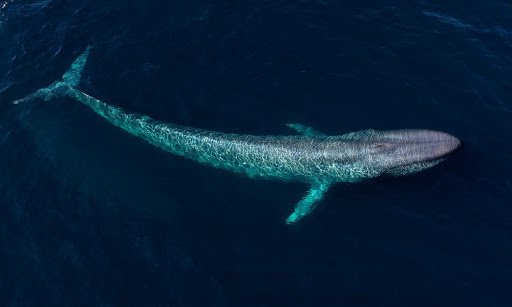
(WWF).
Of course, dinosaurs are still around. They survived K-Pg just as mammals did. We now understand that birds are dinosaurs.
